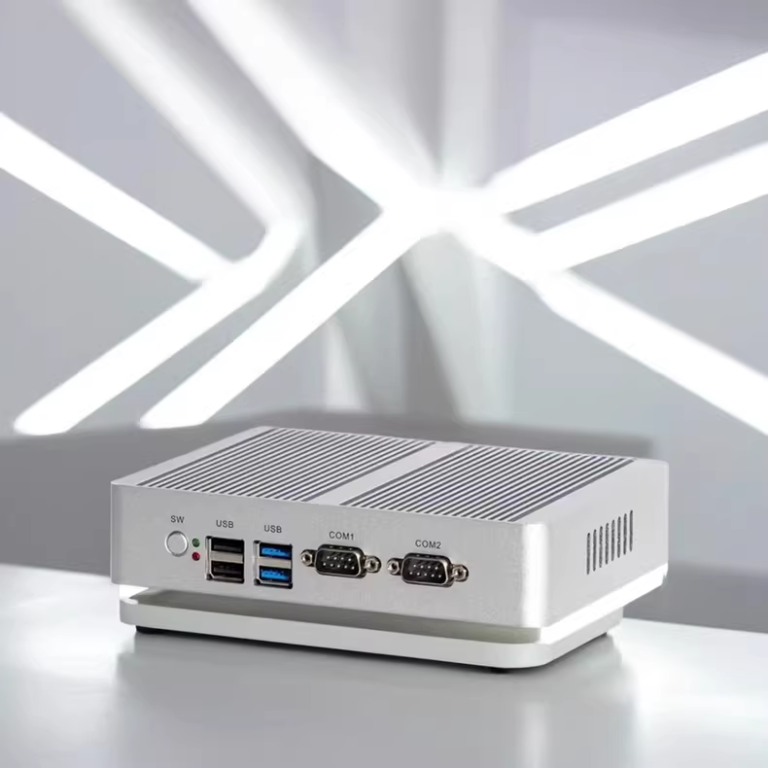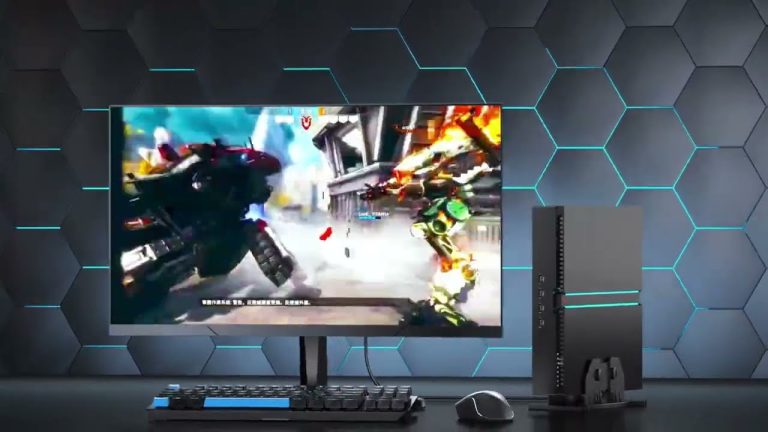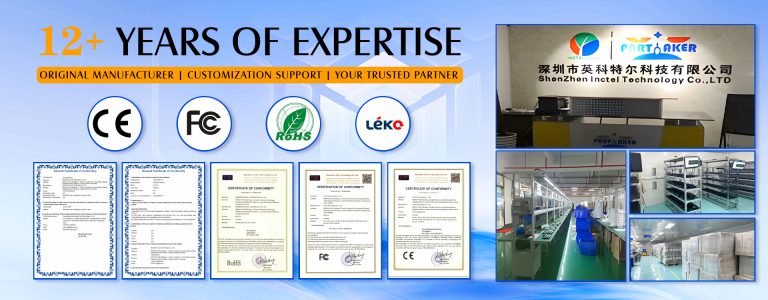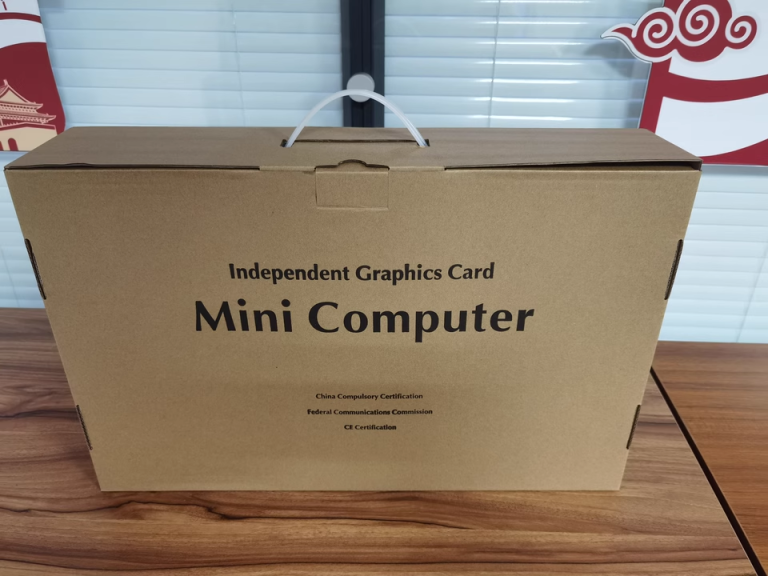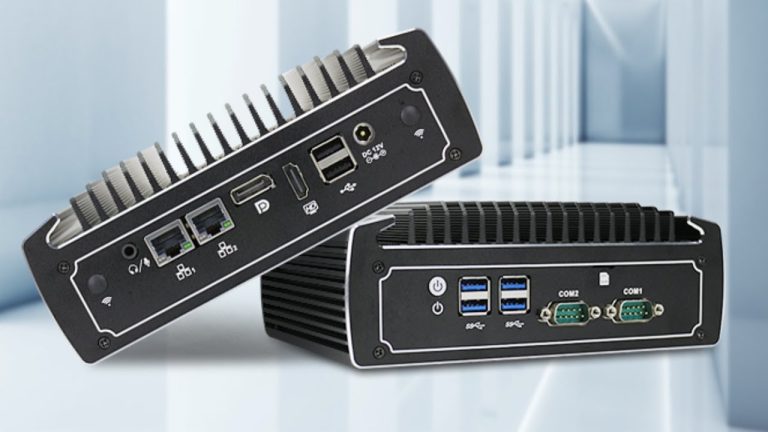Every coin has two sides. Which is the same case Mini PC +Portable Monitor. The article today will analyze whether Mini PC + portable monitor is a good choice.

Advantages of Mini PC + Portable Monitor
- Portable monitors are typically lightweight and slim, making them perfect for minimalistic setups. If space is limited, this combination is a great way to have a powerful PC experience without the bulk of a traditional desktop.
- Many portable monitors offer flexibility in terms of connectivity. Most come with USB-C or HDMI, which are commonly supported by mini PCs. This makes it easy to set up and move around with minimal hassle.
- Depending on the monitor and mini PC models you choose, this setup can be more affordable than purchasing a full desktop with a large display. Portable monitors can often be cheaper than traditional desktop monitors with similar specifications.
- Some users pair a portable monitor with their mini PC as a second screen, improving productivity by allowing multitasking on a compact, dual-monitor setup.
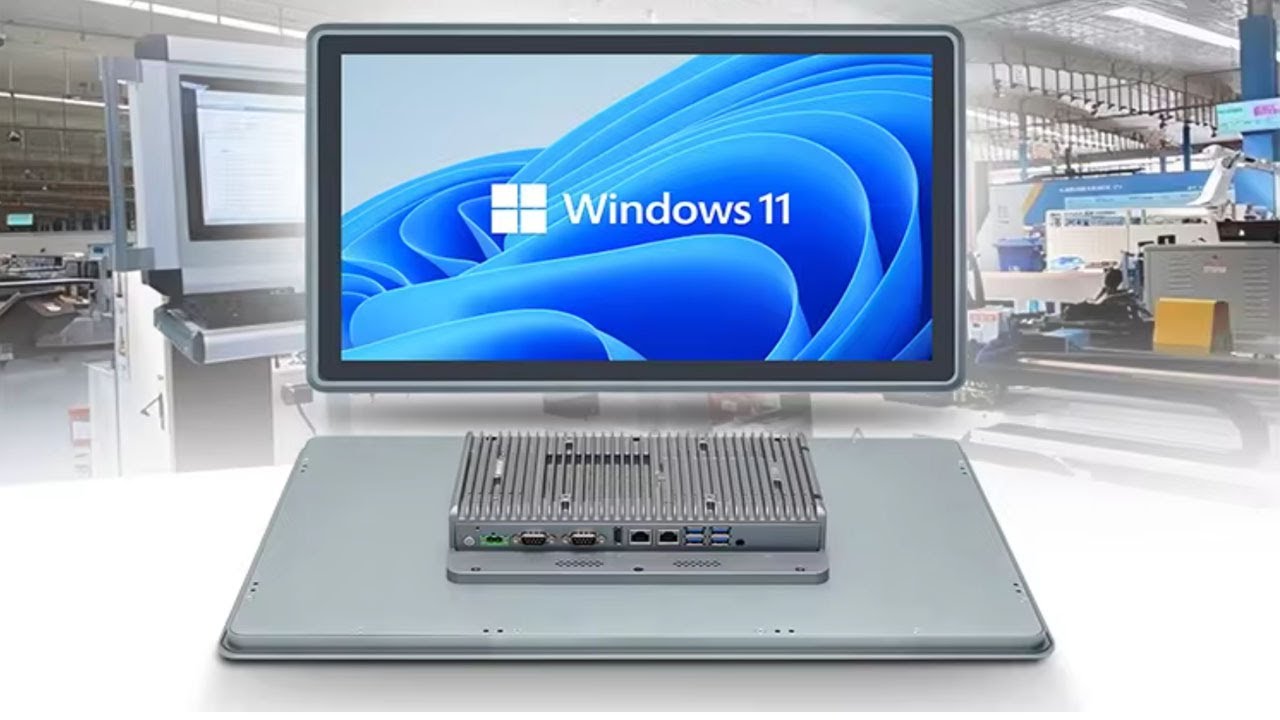
Potential Drawbacks of Mini PC + Portable Monitor
- While portable monitors are convenient, they may not always offer the same image quality or resolution as high-end desktop monitors. If you need a monitor for professional tasks like video editing or gaming, ensure the portable monitor has high resolution (e.g., 1080p or higher) and good color accuracy .
- Portable monitors typically range from 13 to 17 inches. This is smaller than most standard desktop monitors, which may not be ideal for tasks requiring large screen real estate like graphic design, coding, or video editing.
- Portable monitors often don’t offer the same adjustability (like height or tilt) as desktop monitors, which could lead to discomfort during long periods of use. However, some come with stands or can be paired with accessories for better ergonomics.
- Portable monitors often rely on the mini PC or an external power source to function. This means additional cables, which might detract from the portability if you don’t have a USB-C powered monitor that can use a single cable for power and display.
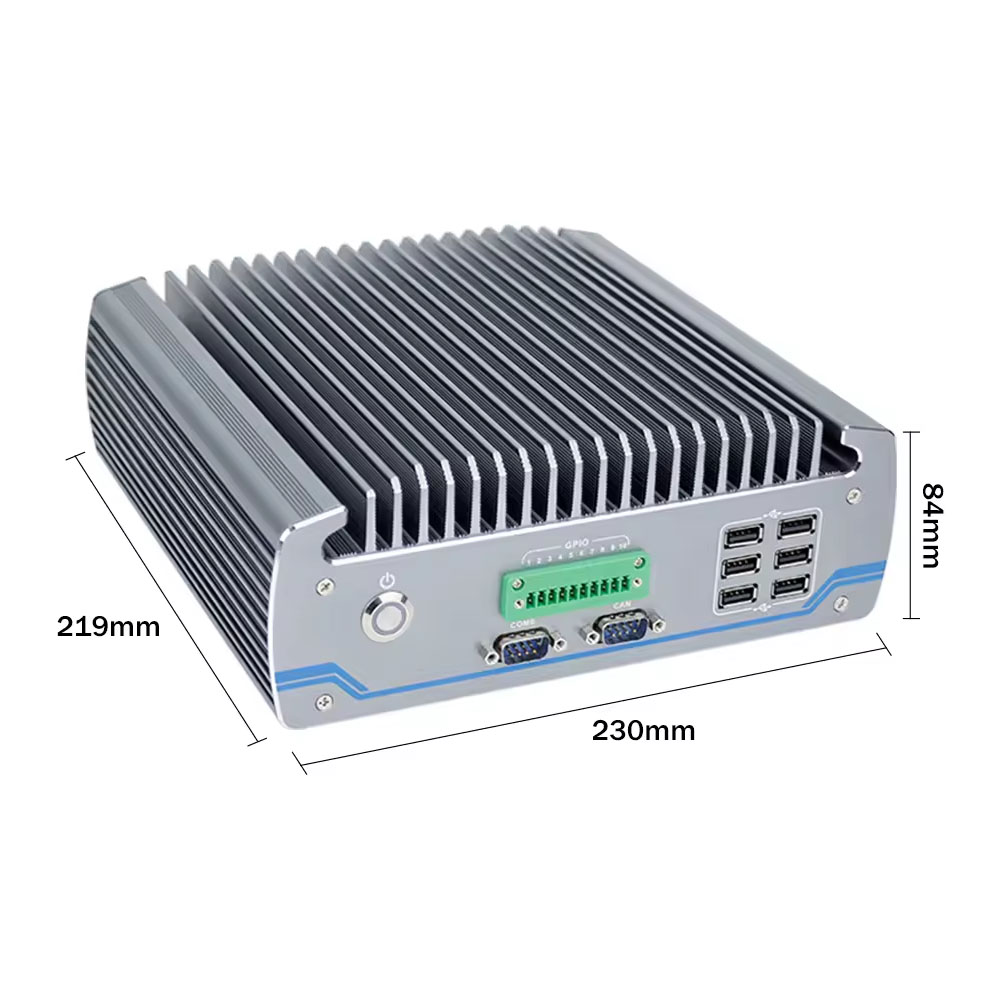
How to Make Sure a Mini PC is Compatible With a Portable Monitor
The following things, if condered, can ensure a mini PC that works seamlessly with a portable monitor
- Connection Ports. Check if the mini PC and monitor have compatible ports like HDMI, USB-C, or DisplayPort. If the ports don’t match, use an adapter. For example, many portable monitors use USB-C, so make sure the mini PC supports this connection.
- Resolution Compatibility. Ensure the mini PC’s GPU can handle the monitor’s resolution (e.g., Full HD or 4K). Lower-end mini PCs might struggle with high resolutions, leading to poor performance or display issues.
- Power Requirements. Many portable monitors rely on USB-C Power Delivery for both power and display. Check if your mini PC can supply power through its USB-C port, or be prepared to use an external power source if needed.
- Driver and OS Support. Confirm that the mini PC’s operating system supports the monitor’s features, such as touch functionality or auto-rotation. Some features may require additional drivers.
Summary
In short, mini PC + portable monitor is a compact and flexible solution is achievable. While there are trade-offs like smaller screens and limited adjustability. If you go with mini PC + portable monitor, compatibility in ports, resolution, and power will help you make the most of this setup.
FAQs
Will a portable monitor drain my mini PC’s battery?
If the portable monitor relies on the mini PC for power (via USB-C), it can drain the battery faster. In such cases, it’s better to use an external power source for the monitor, or make sure your mini PC is plugged in during use to avoid rapid battery depletion.
Can I connect multiple portable monitors to a mini PC?
Yes, many mini PCs can support multiple displays, including portable monitors, depending on their GPU and available output ports. This can be useful for multitasking or extending screen space. Make sure your mini PC supports dual-monitor output and has sufficient ports for the additional monitor(s).
Can I connect a Mini PC to a portable monitor wirelessly?
Yes, some portable monitors and mini PCs support wireless connections using technologies like Miracast or Wi-Fi Direct. This can be convenient for reducing cable clutter, but wireless connections may introduce some lag, less suitable for activities like gaming or video editing. For optimal performance, a wired connection (USB-C or HDMI) is recommended.
How do I optimize the power consumption of a portable monitor connected to a mini PC?
To reduce power consumption, look for portable monitors with low power requirements (typically under 10W) and enable power-saving features like auto-dimming or sleep mode. Also, use a mini PC with an energy-efficient processor (like Intel’s NUC series or ARM-based chips) to minimize overall power drain.
Can I use a touch-enabled portable monitor with any Mini PC?
Yes, many touch-enabled portable monitors can work with mini PCs, but you need to ensure that your operating system supports touch input. For example, Windows 10/11 has native touch support, but on Linux or other OS types, you may need additional drivers or software.




